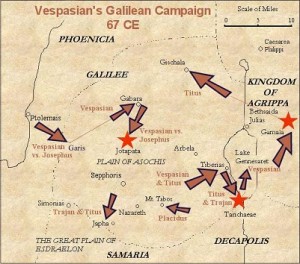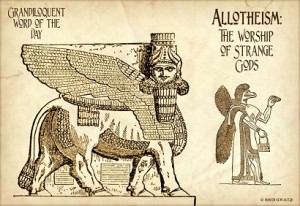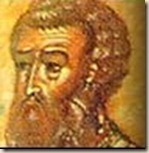 One day in 90 AD, Justus of Tiberias was sitting at his favorite tavern in the city of Rome, minding his own business, when in walks his sworn enemy Joseph.
One day in 90 AD, Justus of Tiberias was sitting at his favorite tavern in the city of Rome, minding his own business, when in walks his sworn enemy Joseph.
Smirking, Joseph asks, “Hey, Justus, how’s it going for you?”
Justus shoots back, “What do you expect? Lousy.”
Joseph taunts, “Sucks to be on the losing side? You should have seen the writing on the wall, bud.”
But Justus sighs, “No, that’s not it. That’s not it at all. It’s book sales! My book’s been out for months, and I’ve only been able to get you, my mom, and the imperial librarian to make copies of it.”
Joseph says, “Actually, come to think of it, my own books haven’t been selling all too well either. I mean, not as bad as yours have, but still, not as well as I’d like.” Continue reading »


